Everyday Geography #1 Different types of dunes
I have been studying geography for a few years now, and the thing I like the most about this field is that you see geography everyday of your life but only notice it when you read or learn about it. There are so many things that are what they are, but can be explained by geography. I am talking about things like patterns of urban development, the landscape you see when you look outside your window, historical identities of countries and why they are what they are now, the weather, climate, global patterns and so much more. Therefore I want to make a column to share some of these features so the next time you look outside your window, everything will be so much more interesting!
For starters I wanted to talk about the different types of dunes. I think most of us have seen them, not only near a beach, but also in deserts or great planes and they can take many different shapes and sizes.
Their are three magnitudes of dunes, being small ripples in sand, individual dunes or complexes formed by many dunes combined.
Types of dunes
Barchan dunes
Barchan dunes are crescent-shaped dunes that appear where there is only little loose sand available on relatively hardened surface. sand is carried on the windward side of the dune on a gentle slope. When it gets just over the top of the dune, wind does push the grains anymore so there is a steeper rest slope. The dunes move in the direction of the wind with a speed of sometimes 10 m/year, as sand gets blown from the windward side to the leeward side.
Parabolic dunes
The parabolic dune is similar to the barchan dune, but appears in location when there is vegetation on the surface. The vegetation stabilizes the sand so the "arms" of the dunes move slower than the rest of the dune. This results in a dune were the arms point in the direction of the wind, opposite of the barchan dunes.
If there are no remarkable differences in vegetation, the difference can be seen by the inside (or outside) slope of the crescent shape. If the Inside slope is the steepest, it is a barchan dune and vice versa.
Linear dunes
Linear dunes occur when there is a decent amount of loose sand available and the wind blows from two complementary directions. These are dunes that can reach a length of multiple kilometers long and some 10 meters high.
They can also evolve from parabolic dunes when the arms get elongated until they are dunes on themselves.
Transverse dunes
These are also elongated dunes but perpendicular to the direction of the wind. the wind is oriented in only one direction and these regular patterns can occur. Since a terrain often has obstacles, they can deform and start to fluctuate. They often are very similar to many merged barchan dunes.
We can find them in areas with one primary wind direction and a lot of loose sand where the subsoil is also loose.
They are distinguishable from linear dunes as these dunes have a windward and a leeward side that linear dunes do not have.
Lee dune
Lee dunes form behind obstacles where wind intensity decreases. Sand that is in saltation or suspension in the air can sediment in the lee of an obstacle and form a dune.
Star dunes
We find star dunes in areas where the wind comes from all directions and where a lot of loose sand is available. They can reach heights up to 400 m and are separated by several kilometers. Barchan or transverse dunes can evolve to star dunes when the wind pattern changes.
Foredunes
Foredunes are the dunes that run parallel to the shore of a waterbody. They consist of sand that has been brought by the water and deposited further land inward by the wind. They evolve from bare dunes to vegetated dunes and blowouts can occur, resulting in parabolic dunes behind the foredune. Multiple layers of foredunes can be seen in coastal systems.
Conclusion
As you see there are many types of dunes you can find in the world corresponing to different settings. Have you seen one of these already? Please let me know in the comments!

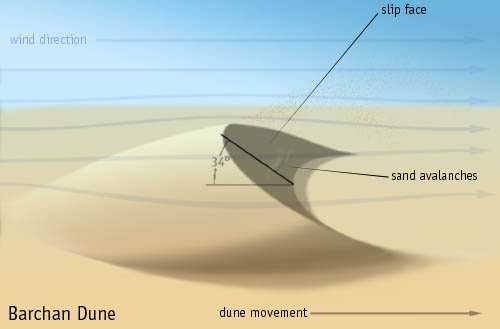
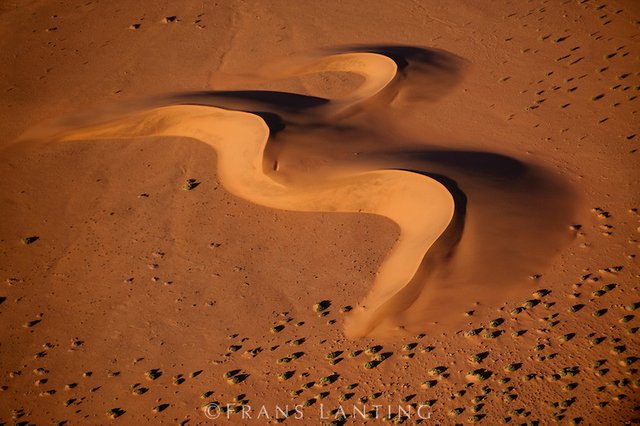
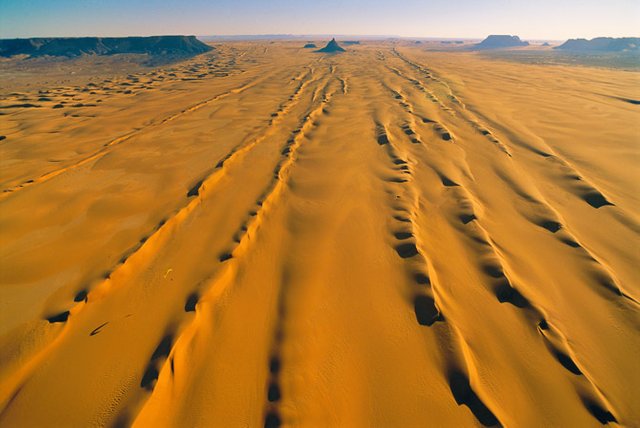
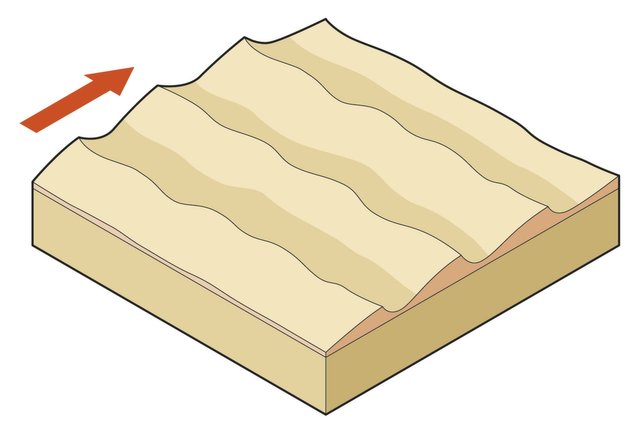
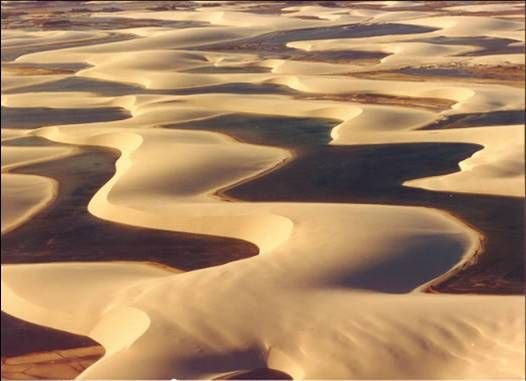
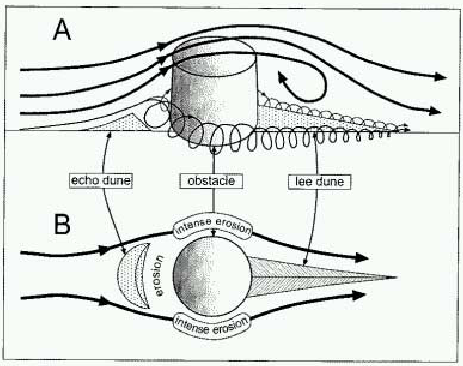
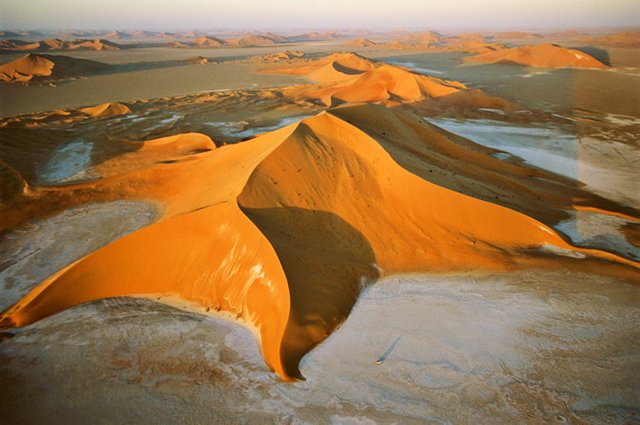
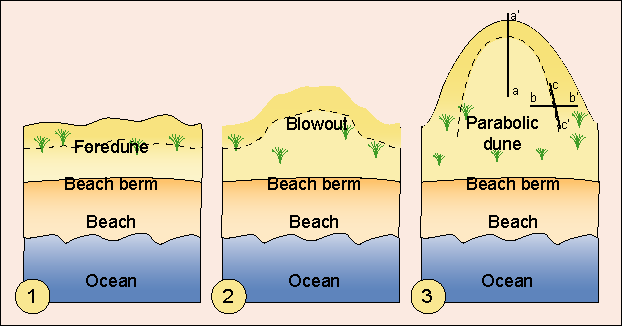
The vastness of the universe, like so so many grains of sand.
@OriginalWorks
The @OriginalWorks bot has determined this post by @samve to be original material and upvoted it!
To call @OriginalWorks, simply reply to any post with @originalworks or !originalworks in your message!